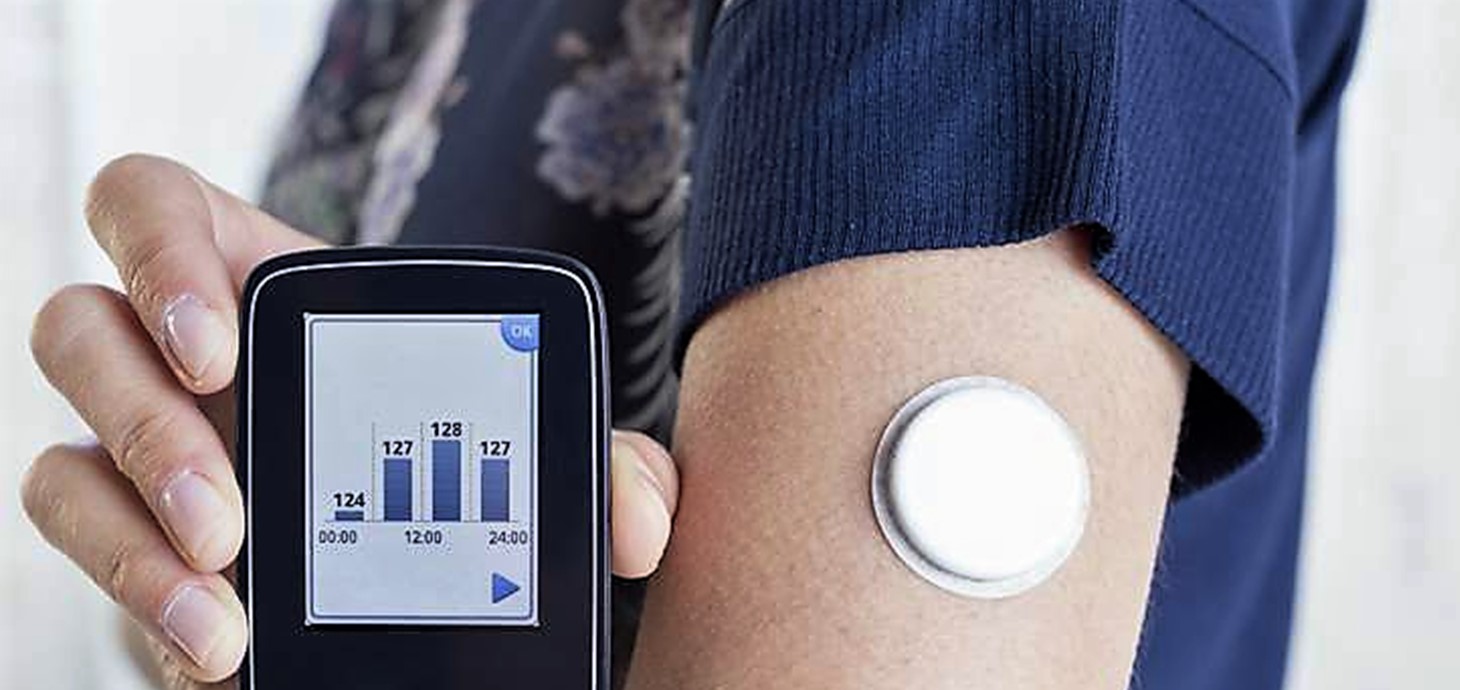These articles are now archived and will no longer be updated.
Swansea expert helps shape world’s first agreed guidance for people with diabetes to exercise safely

A Swansea University academic has helped draw up a landmark agreement amongst international experts, setting out the world’s first standard guidance on how people with diabetes can use modern glucose monitoring devices to help them exercise safely.
The guidance will be a crucial resource for healthcare professionals around the world, so they can help people with type 1 diabetes.
The guidance, approved by an array of diabetes experts and organisations, was drawn up by a team including Dr Richard Bracken of the School of Sports and Exercise Sciences, College of Engineering and the Diabetes Research Group, located in the Medical School at Swansea University.
Physical exercise is an important part of managing type 1 diabetes for people of all age groups. However, the blood sugar response can be difficult to predict, with exercise sometimes increasing the risk of falling blood sugar levels – known as hypoglycaemia - or other times causing blood sugar to rise. Levels of glucose therefore have to be closely monitored.
Fear of having a “hypo”, which can lead to dizziness, disorientation, anxiety and many other symptoms, is one of the main barriers stopping people with diabetes from incorporating exercise into daily life.
Fortunately, modern real-time glucose monitoring systems are now available on the NHS or for purchase, so people can manage their glucose levels during exercise. The problem, however, is that these can be complex, and the information can be difficult for patients and health professionals to interpret.
This is where the new guidance will be invaluable. It looks at the evidence from glucose monitoring technology and uses it as the basis for clear guidance for exercise in adults, children and adolescents with type 1 diabetes.
The guidance covers areas like carbohydrate consumption and safe glucose thresholds. The idea is that it should serve as an initial guidance tool, which can then be tailored for the individual patient in consultation with health professionals.
The guidance, contained in a position statement, was published by the European Association for the Study of Diabetes and the International Society for Paediatric and Adolescent Diabetes. It is also endorsed by the global diabetes charity Juvenile Diabetes Research Foundation, and by the American Diabetes Association.
Dr Richard Bracken, one of the authors, and a diabetes expert from the A-STEM research team in Swansea University School of Sports and Exercise Sciences and the Lifestyle research group lead in the Diabetes Research Group, Medical School, said:
“This guidance is a landmark agreement which could end up making a real difference to people with Type 1 diabetes.
It is built on years of research into the strengths and limits of modern glucose monitoring devices. On the basis of that evidence, we can now recommend how to safely use these devices and support people with type 1 diabetes. It will help them to obtain the health benefits of exercise, whilst minimising wide fluctuations in their blood glucose level.”
The guidance was simultaneously published in leading research journals Diabetologia and Pediatric Diabetes.
